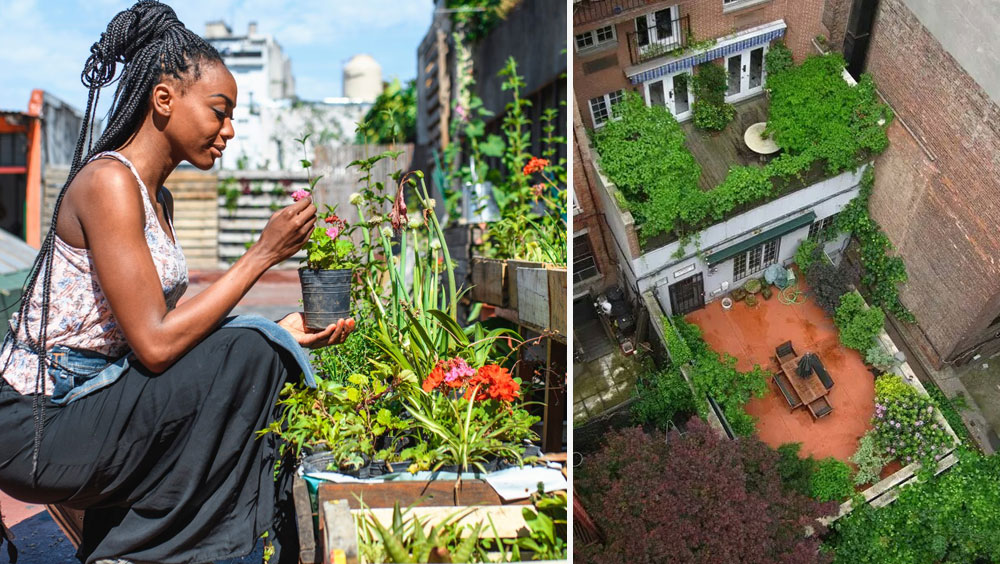Although many perks come with apartment living, the room to grow your own fruits, veggies, and herbs is not among them. But all is not lost. If you have access to your building’s rooftop, you can always flex your green thumb there. A rooftop garden can be a lot of fun, whether you have the roof all to yourself or share it with friends who are interested in cultivating a community garden.
First Things First
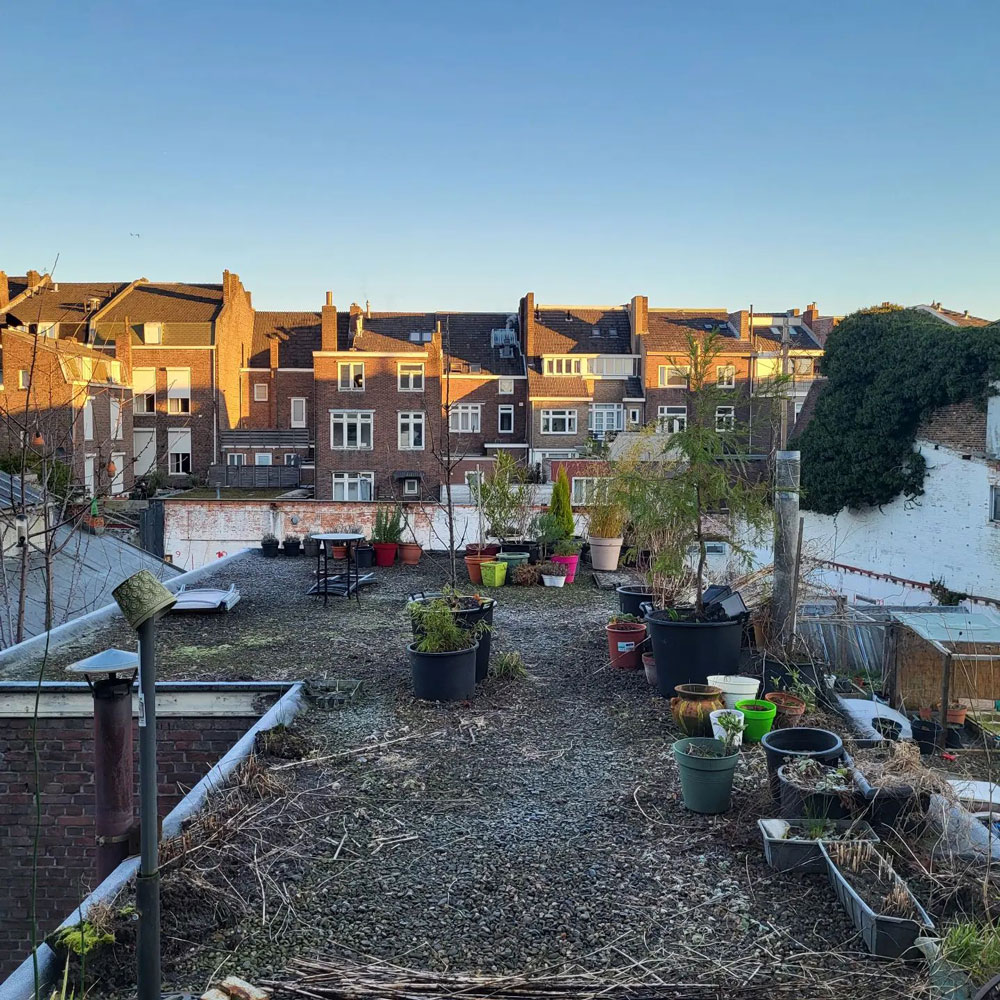
Prior to planning and starting your rooftop garden, best practice dictates that you get permission from the landlord or code authority. It might be the case that fire regulations or other restrictions prohibit this type of garden setup.
Plan It Out
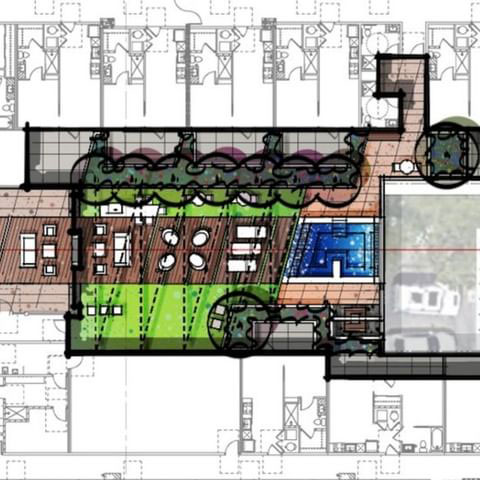
Decide early on which types of plants and containers you want to put into play in your garden. Containers can be cheaper, but you’ll be able to plant more if you go for raised beds instead. For growing potatoes, growing “bags” have become very popular and allow for a somewhat bountiful harvest.
Pots are great for growing greens, lettuce, broccoli, zucchini, peppers, cucumbers, tomatoes, and herbs. High troughs holding strawberries and raspberries are also a nice option. Dwarf fruit trees may also do well in your rooftop garden. Consider apple and citrus varieties based on your zone.
Check Accessibility
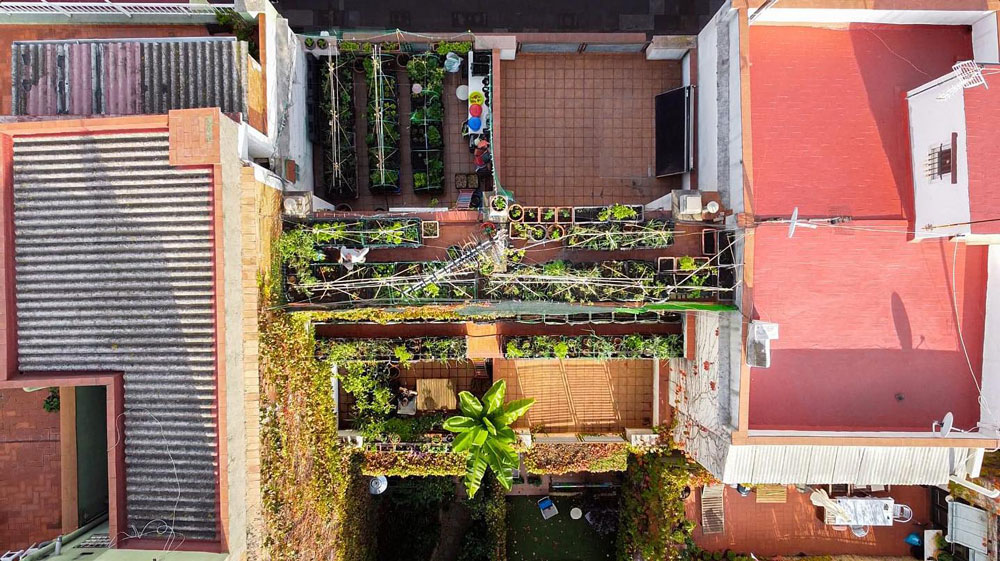
Getting to your garden shouldn’t be a struggle. After all, you’ll need to get to the roof to bring up your materials, gardening tools, plants, and perhaps the heaviest and bulkiest of all—soil.
Consider Sun Exposure
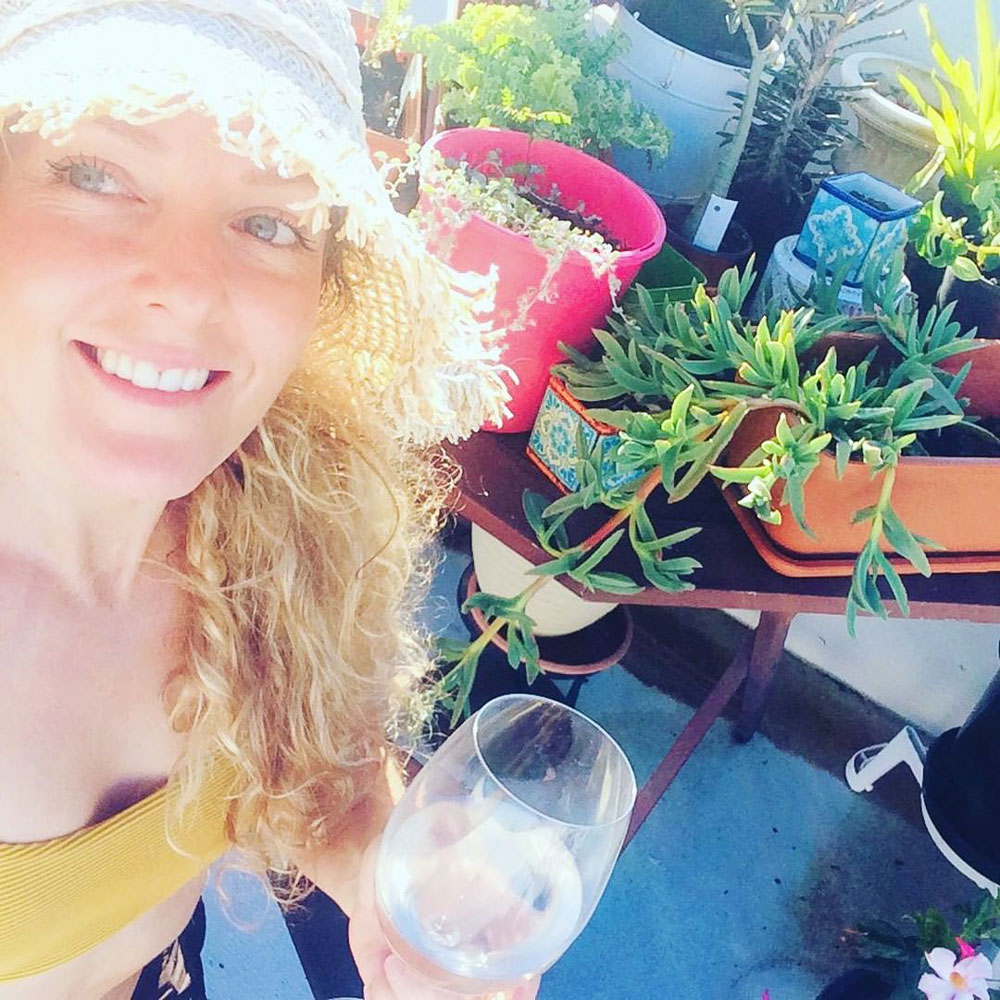
Your garden will need lots of sun. If the roof is overshadowed by other buildings, then that might be a problem for some types of plants. Of course, lack of full sun isn’t a total dealbreaker. Some species thrive better than others on limited sun.
Structural Considerations
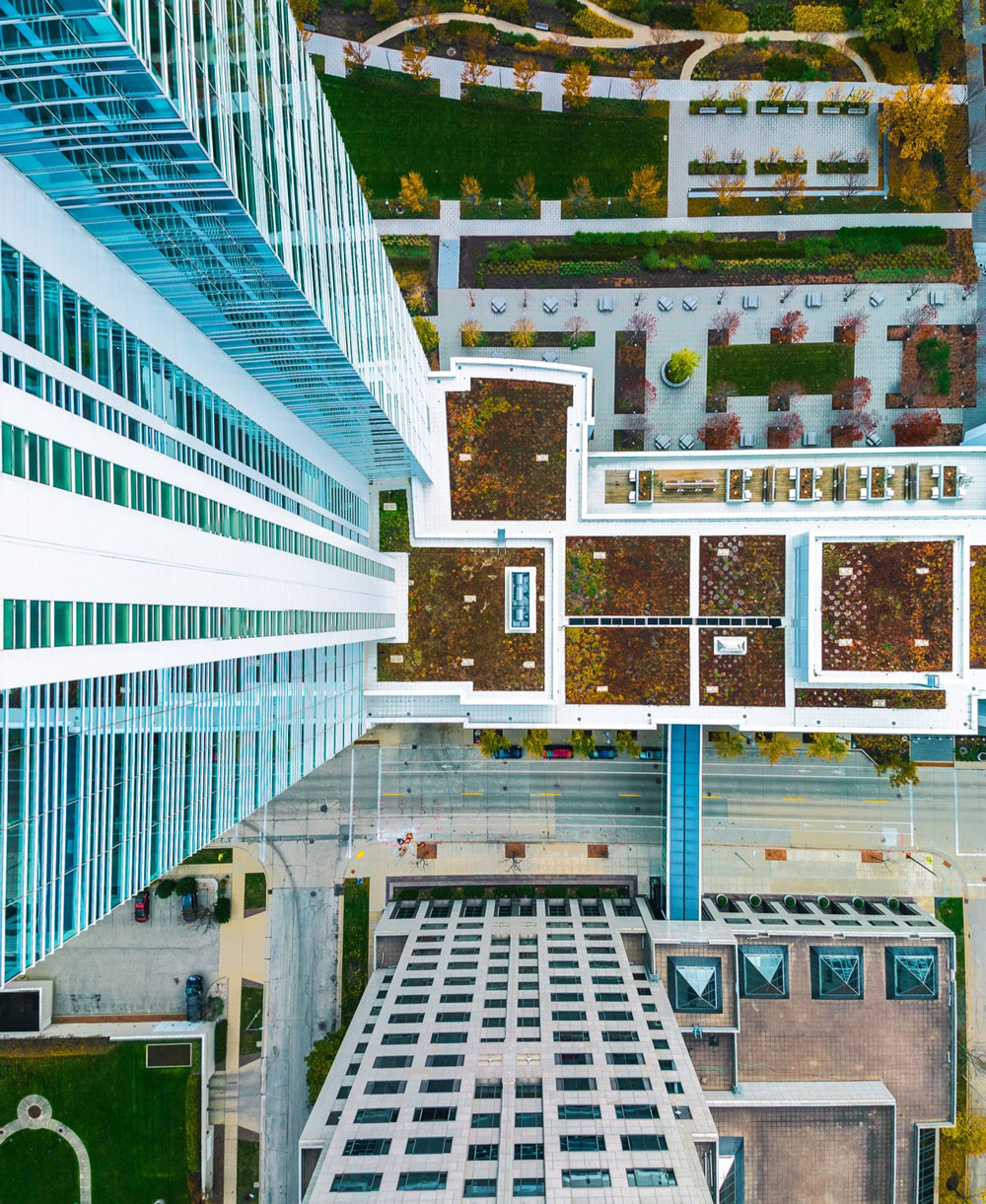
Make sure the roof can support the weight of a garden. It is a good idea to have a professional check the structural integrity of the roof since pots and soil are quite heavy — not to mention your own weight as you plant and tend to your garden.
Water Needs
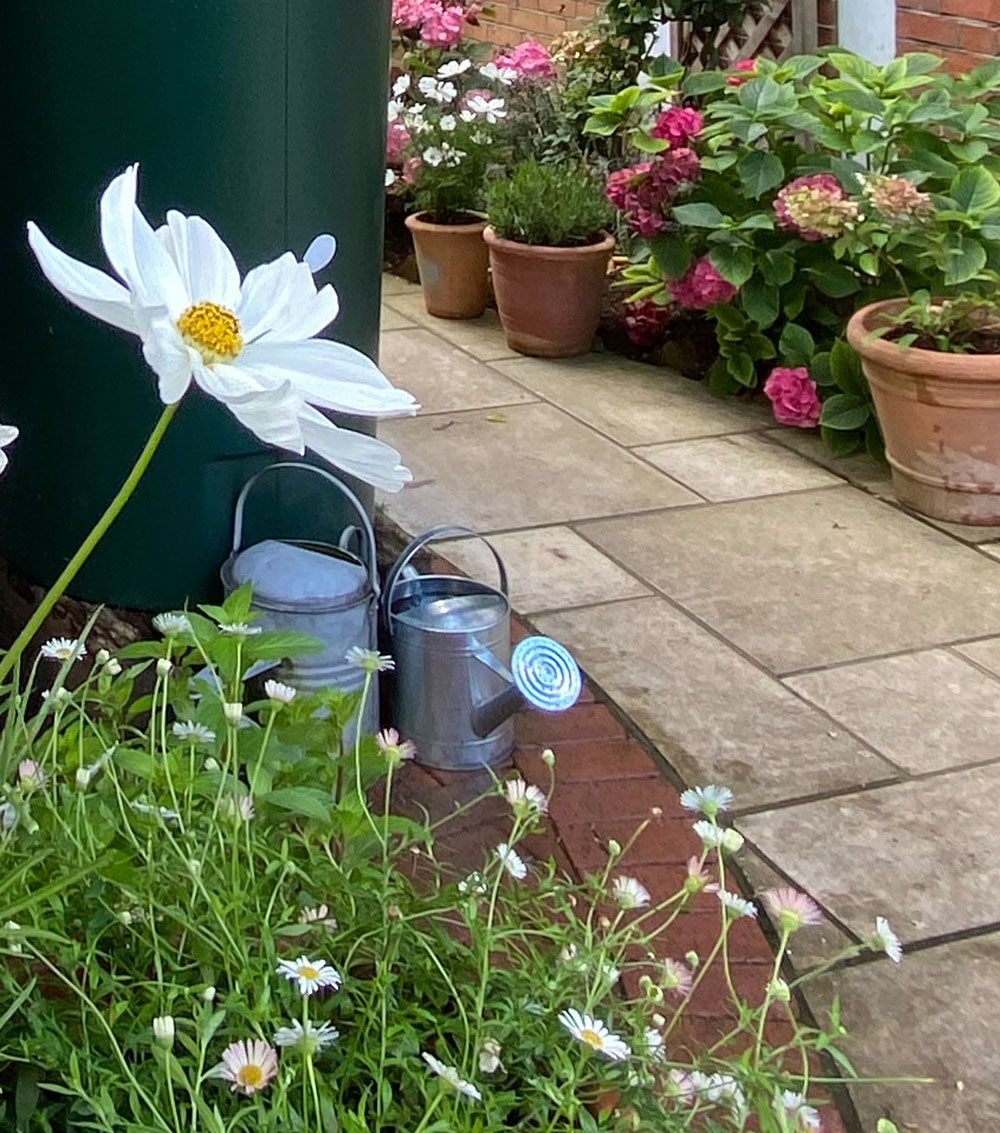
Have a plan in place for watering your garden. Watering cans work well but can be cumbersome. If you want to get really fancy, think about installing a drip irrigation system.
Rooftop Storage
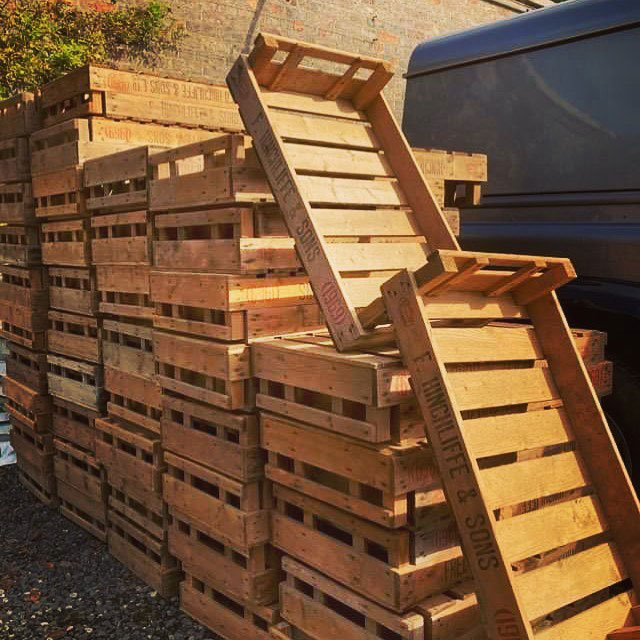
Once you lug your garden tools to the roof, it’s nice to have somewhere to store them. Even a wooden box dedicated to tools can be helpful.
Non-Food Garden Ideas
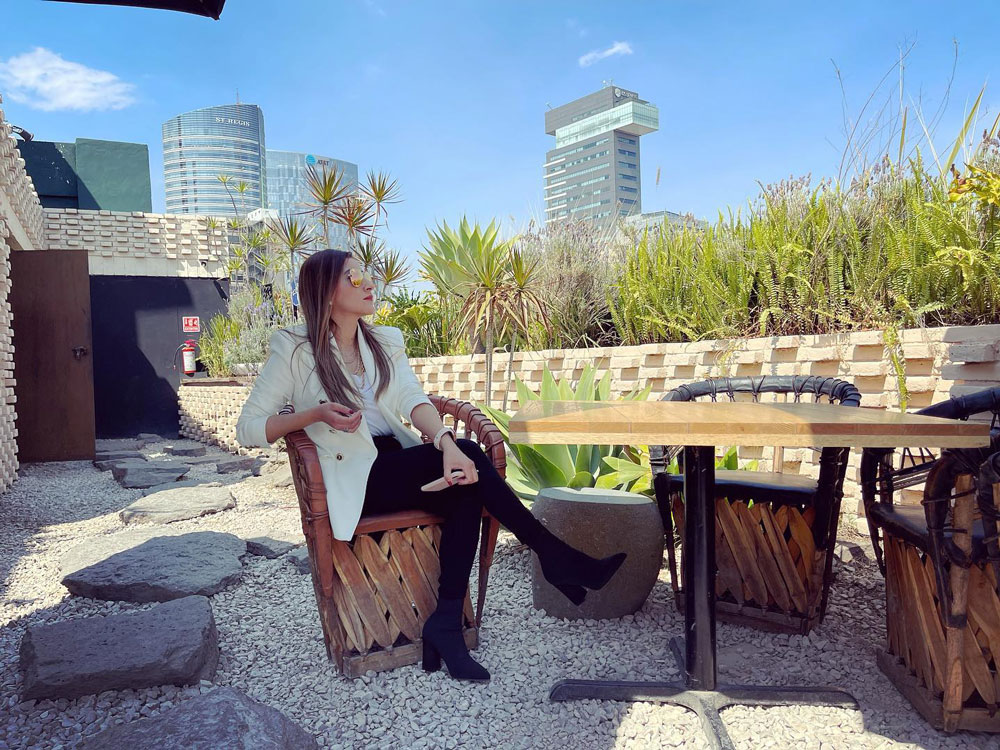
Growing food aside, you can also use your rooftop space to create a garden filled with shrubs, trees, and plants as a personal oasis. Some good choices include small little-leaf trees such as staghorn sumac and Japanese maple; evergreens such as dwarf junipers and pines; and shrubs like hydrangeas, yew, and boxwoods. Roses are a beautiful addition, along with perennial lavender, daylilies, and ferns.

